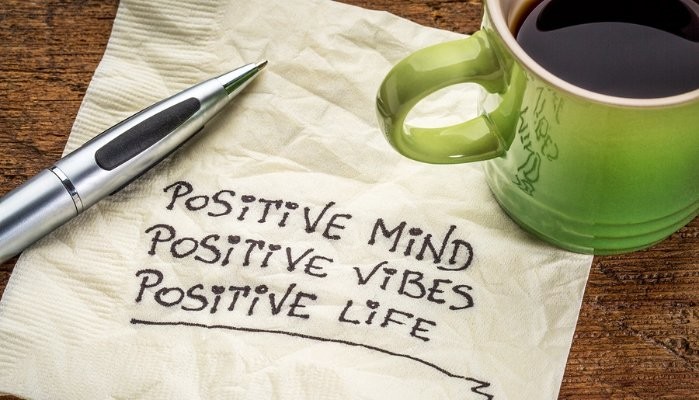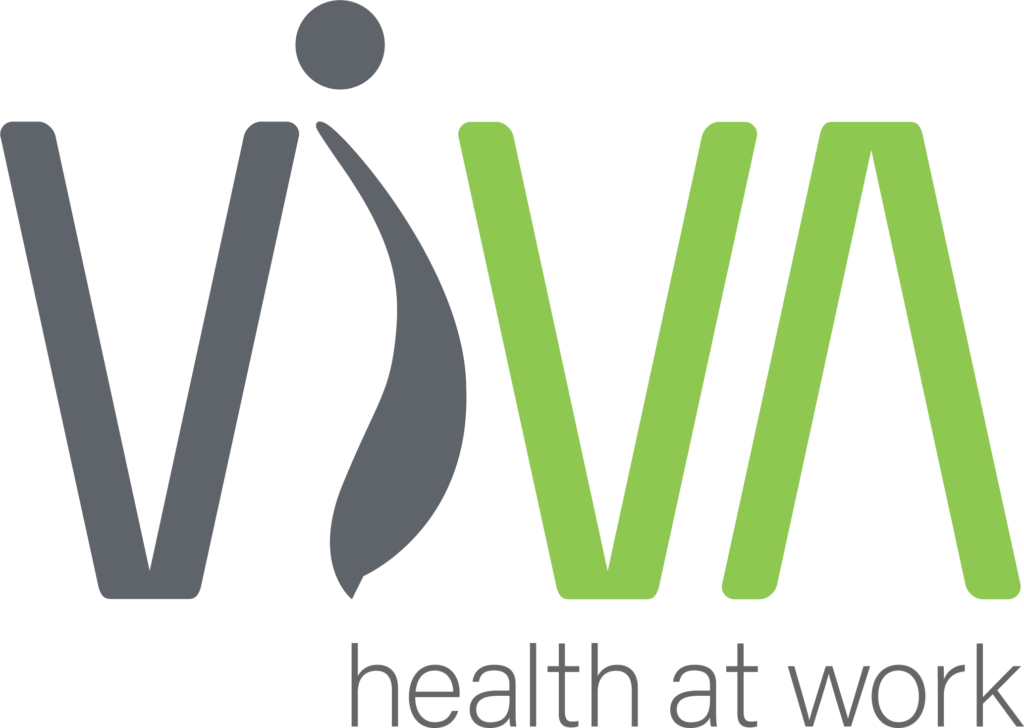Positive thinking is a step toward good design.

We have the opportunity to excite our workforce through structured, participative methods that empower workers to become architects of superior work design. A participative approach is inherent and fundamental to the tenets of human-centred design (HiD: Humans in Design). Participative ergonomics is consultative by nature and it extends beyond co-design. A skilled facilitator is required with knowledge of human-performance when analysing the hierarchy of decision-making, tactics, biomechanics, and energy systems required of work tasks. The physical, social, and organisational environment must also be considered.
It is a big shift to move beyond generic hazard reports toward something that is contextualised to a task, the environment in which it is performed, and the people assigned to the work. This may encourage the use of appropriate rating tools and data analytics to achieve meaningful risk determination. It is a bigger shift again to help our organisations become ready for change. We must be responsive to good work design initiatives, equipped with decision-support systems, and able to demonstrate transparency in decision-making if we are to support this process. We must be resource-ready to support innovation and our approaches should be strategic and targeted. This requires us to focus on addressing the most vulnerable yet potent areas that may make significant, positive, and sustainable change for people, business, and the social and physical environments.
If improved risk management practice and organisational-readiness (with sound and transparent decision-making) represent the first two pillars of transformative business strategy, then good work design strategy represents the third. This requires a complete swing in mindset: from analytic review of historic, problem-based events to tfuture-oriented, opportunistic, and highly creative ideation.
We introduced this topic at SIA Visions 2016 Twin Waters, QLD, 14-15 July 2016 with the presentation of predictive design review of an asphalt job truck. We discussed Appreciative Inquiry: What may we discover, dream, design, and create as our destiny? (Cooperrider & McQuaid, 2012).
In my practice, I find myself entering conversations about “near rights” more often than immersing myself in the deep analytics of near misses, injuries, or incidents. The latter is certainly important, no doubt, but to stimulate design thinking and continual improvement in organisations, I hear myself asking workers these questions:
- “Tell me about your near rights: the types of events where you have to make a decision about work or use of equipment, tools, or materials and you know or suspect your action might not be in full compliance with a standard procedure but you see more sense in what you propose to do?”
- “You work in a complex environment: pedestrians, mobile plant, and ever-changing work plans. Can you tell me about the numerous things that you have to consider moment-by-moment? Provide me with a snap shot of your day”. (This can be addressed in the office environment, too, when asking about cognitively demanding tasks and decisions that must be made).
- “Tell me about your work that the ‘ivory tower’ may not fully understand or appreciate”.
When the workers realise that these near rights may be celebrated, not admonished, important discoveries can be made because the discussions are liberated. Respect is established through a shared understanding that work in the field (work ‘as done’) may differ from work that is imagined, prescribed, or disclosed (Shorrock, 2016). Potential for innovation may be better harnessed when we recognise the diverse and spontaneous decision-making that is occurring among team members to continually regulate, moderate, and improve work activity.
A new model for innovation can occur when we reward near right reporting as it may stimulate work or equipment (re)design, or a rewrite of procedures to better reflect and support the needs of operators and maintainers who are in the thick of it all on our behalf. Perhaps it simply leads to improved training as the procedure, as written, is still considered the best possible work method – so be it, then we may explore innovative and meaningful training methods such as mentoring, case methods, simulation, animation, virtual reality and graduated exposure to work in high-risk natural settings. There is so much to be gained from exploring a near right. Setting a foundation for supportive leadership with trustful relationships may be at the heart of it.
(And if you try near right reporting, please do share, I’d love to learn from your experiences!).
#leadership #design #humancentreddesign #humansindesign #systemssafety #positivethinking #appreciativeinquiry #participativeergonomics
With thanks to:
- My affiliation with the University of Queensland Minerals Industry Safety Health Centre and our industry partners
- Past Research Supervisors: Professor Robin Burgess-Limerick (University of Queensland Minerals Industry Safety Health Centre) and Professor Tim Horberry (Monash University Accident Research Centre)
- Training with Prof Erik Hollnagel, coordinated by Geoff Hurst and hosted by the Safety Institute of Australia
- ErgoAnalyst, www.ergoanalyst.com.au, for training, predictive analytics, and transparent decision-support for clients
Sara Pazell, BAppSci(OT), MBA, PhD, CPE, is the principal work design strategist in a consultancy practice that she pioneered (www.vivahealthatwork). She is affiliated with several Australian universities and service, product, or training organisations. These opinions reflect no other organisation with whom Sara has an affiliation; the ideas, concepts, and opinions are wholly Sara’s (influenced, of course, by the many scholars and teachers from whom Sara has been blessed to learn and sometimes wrangle with intellectually).
Cooperrider, D. L. & McQuaid, M. (2012). The positive arc of systemic strengths: How Appreciative Inquiry and sustainable designing can bring about the best in human systems. Journal of Corporate Citizenship, 46 (32), 71 – 102.
Shorrock, S. (2016). The varieties of work. https://humanisticsystems.com/2016/12/05/the-varieties-of-human-work/
